Capturing the natural beauty of a scene is what nature photography seeks to do. To achieve this, nature photographers take their photos from different perspectives and with various compositions in order to capture each unique view. Nature photography can be split into two categories: macro and landscape shots which vary on how they are taken or the type of subject matter being photographed. Macro deals more specifically with close-ups where you get up close and personal while landscapes tend to display an entire vista that stretches out before your eyes like a painting come alive
Nature photography is an expansive field in and of itself, including wildlife photos, landscapes shots as well as garden pics.
Understanding the Types of Photography
If you take a walk in the woods, chances are that at some point during your stroll, you will come across an enthralling scene of nature. Nature photography is capturing these stunning moments and publishing them for everyone to enjoy so they can be inspired by their beauty or learn about how fragile our natural environment truly is.
Nature photographers have found themselves changing careers from what they originally studied because now it’s not uncommon for many people with degrees in business administration or marketing to find joy behind the lens; however as long as one has patience and understanding when navigating through challenges like shooting underwater images without any equipment there may always be something new just around every corner waiting to inspire us.
Nature photography is a popular hobby in our modern culture. Whether you’re looking for pictures of your favorite animals or beautiful scenery, there are plenty of resources to explore and enjoy photographs online that will make the perfect addition to any wall (or screen) space!
A good place to start might be at National Geographic Magazine’s website where their journalists share quarterly stories on animal encounters from around the world as well as photo essays featuring some spectacular natural areas such as Utah’s red rock country. You can also follow them on Twitter (@NatGeoMag), which provides timely updates about new content available – both articles and photos alike.
Who doesn’t love a good nature photo? Believe it or not, there are some truly amazing photographers who dedicate their whole lives to capturing the beauty of our natural world. Well-known artists include Ansel Adams and Elioth Porter but many lesser known names have also contributed beautifully detailed photographs that can be bought as prints for your home!
Table of Contents
What is the job of nature photographers?
A talented nature photographer can capture the beauty of a landscape in just one photograph. Photography equipment, like cameras and different lenses, is used to take photographs that are both beautiful at first glance but also convey information about the scene or subject they’re capturing. This includes photographing specific subjects such as trees with varying shapes and textures; animals who call these landscapes their home: from birds to bears, deer to wolves – you name it! The skillset required for photography ranges greatly depending on what type of work an individual sets out for themselves as well.
Nature photographers are skilled in patience and capturing moments with the animals for a single quality shot. Just like fashion photography, they capture special times at their best when it counts: just as an animal is about to perform or eat something that makes them look especially good on camera.
Some nature photographers often specialize in certain types of wildlife such as African animals or underwater creatures; this means many have skills required for unique shooting conditions. Many nature photographer careers begin by taking photos outdoors but evolve into work indoors where natural light may not exist easily (or be safe enough) outside!
Nature photography might not be as easy for those without a great deal of time on their hands. Not every nature photographer is lucky enough to live smack dab in the middle of a forest or preserve, and they will usually have to go where the action is so that they can get pictures taken no matter what location it may take place at – which could require extensive travel time if you don’t already reside near an area with higher animal activity.
Photographing plants isn’t always just about taking pretty photos though: there are lots more things involved when photographing flora than simply setting up your camera and snapping away while having acquired some knowledge beforehand from experts who know all about plant anatomy, identification techniques used by botanists, macro-photographers.
The art of photography is not always a plug and play kind. Like the nomadic photographers that live off their work, many nature photographers will find themselves without access to power sources for days or even months on end. They get by using back up batteries in their cameras as well as film-based equipment which relies on no digital memory card at all!
Nature photography is a beautiful art. Photographers are often kind and gentle people, who care about the little creatures in their environment. They will always try to act respectfully towards animals as well as the natural world around them so that they can capture these moments for all of us to enjoy forever- even if it means sacrificing some other animal’s life or wellbeing!
Education and Knowledge for Nature Photographers
You might think that a nature photographer needs to be comfortable in the great outdoors, but they also need to have an eye for composition. Many of them are not just outside because it’s their job; they love being out there and want to share what little is left with other people.
Photographers who embark on long exposures often find themselves out in the wilderness for days, weeks or even months. They must have knowledge of basic survival skills such as setting up camp and obtaining food, water and shelter if necessary. Outdoor environments are not always forgiving to newbies but should be a priority part of any photographers repertoire regardless of their level because nature can quickly turn into an unforgiving place with little warning
Nature photographers should make sure to brush up on foreign languages while they are traveling. They can use this knowledge when communicating with native people and might even be able to compliment them without offending anyone in the process!
If you’re interested in nature photography, consider getting a degree. Most traditional universities and art schools will offer degrees with concentrations on the subject matter. Many photography schools also have courses specifically teaching about natural environments for those who are passionate about their work being showcased there!
When pursuing a career in nature photography, it is important to have an understanding of the natural world. Classes such as animal behavior and zoology can help you better understand animals while classes like botany will give insight on how plants work together with animals. To make sure that your photos are top notch, get some marine biology training so you know what makes for good underwater pictures!
Several Nature Photography Tips for Beginners
1. You need to master your camera’s settings
For those who want their pictures looking sharp without any noise, shooting in “RAW” is recommended – this uncompressed format will produce great results even if white balance has been set incorrectly on camera beforehand because it’s easy enough correct later during post processing; make sure you know how long each of these settings should be used before taking off into various lighting conditions like nighttime or indoor scenarios where there are often no other lights.
The lower your ISO, the more light you can bring into an image and compensate for a slower shutter speed with larger sensors!
Practice at home before going out with more complicated settings on a tripod- imagine how easy this will be when you’re outside taking photographs of people doing fun things like exploring nature trails together.
2. Understand the rule of thirds.
When you take a picture using the rule of thirds, your subject will be more likely to stand out in an image and attract viewer attention. By placing it on one or two intersecting lines rather than at the center, there is less competition for space near that area which can lead tounique perspectives. This method also provides different opportunities for taking dynamic shots because viewers look where they are drawn instead of just looking forward from their eye position as would happen in traditional compositions.
The “rule of thirds” is a golden rule when composing images with pictures too! Imagine splitting up each frame equally into nine sections divided by two equal vertical and horizontal lines – this leaves us with some squares along those intersections (where our eyes usually fall).
Rule of Thirds: Photographic Composition Guidelines
3. Imagine how you are going to shoot
Sometimes when you’re taking photos, it’s easy to get stuck in a rut. This might lead you into an uninspiring path where your shots are all the same and become tedious for both yourself and others who view them. Try looking at your subject from a new angle – maybe by getting higher or lower on level ground with whatever interests you; perhaps play around with framing techniques as well? Remember that there is no original way of capturing something so if none of these work out then try experimenting!
4. Have good plans for your shooting trip
Hiking is a great way to explore the wilderness and take in some scenery, but it’s important that you are prepared before setting out. Be sure your shoes or boots fit well if possible as blisters can make hiking more difficult. Pack layers so that you’ll be able to stay warm regardless of what kind of winter weather awaits at the end destination; however, don’t forget about staying cool either! Check local rules and regulations for where we’re going exploring too–and remember not go alone without telling someone else our whereabouts just in case something goes wrong on their hike with us along.
Frequently Asked Questions about Nature Photography
Who is the best nature photographer?
He is Ansel Adams. He had a way with capturing the true essence and beauty that we only see when looking through his lens in nature’s finest moments. From sweeping views to intimate landscapes, he knew how to find what makes us all fall in love again. His mastery with his camera has led to iconic images such as “Moonrise” and “Monolith, The Face of Half Dome.” Born in 1902 he had a knack for capturing nature’s beauty at an early age, but initially pursued other hobbies before returning home after college feeling unfulfilled. From that point on it was all about finding balance between career and family life.
Is nature photography art?
Many nature photographers consider their work to be a combination of both fine art and science, where aesthetics are just as important as the knowledge being communicated.
What does nature photography involve?
The natural world is an awe-inspiring place with beautiful landscapes, plants and animals. Nature photography captures these amazing sights in a way that can’t be matched by any other art form.
Nature photography is also a wide range of outdoor photographs devoted to displaying natural elements, such as landscapes and plants. They can also include wildlife in the shots or other close-ups like textures on trees.
What is the difference between nature and landscape photography?
Landscape photography is usually macro from many personal opinions , but nature photography tends to be micro. Nature might also include wildlife or at least animate beings. Genre-blending often blurs this demarcation line between landscape and art that has living things as subject matter; it’s difficult to define what exactly constitutes a work of “landscape art” because they represent any natural environment: from mountains capes to deserts and grasslands, forest scenes with wildflowers dotting their meadows.
Landscape Photography: The Ultimate Guide
I hope you’ve enjoyed reading this blog post about nature photography. What do you think? Do these tips help spur your creativity and imagination to capture a beautiful moment in time, or does the idea of taking pictures make you uncomfortable? If there is anything else that interests you about nature photography then feel free to let us know as well!
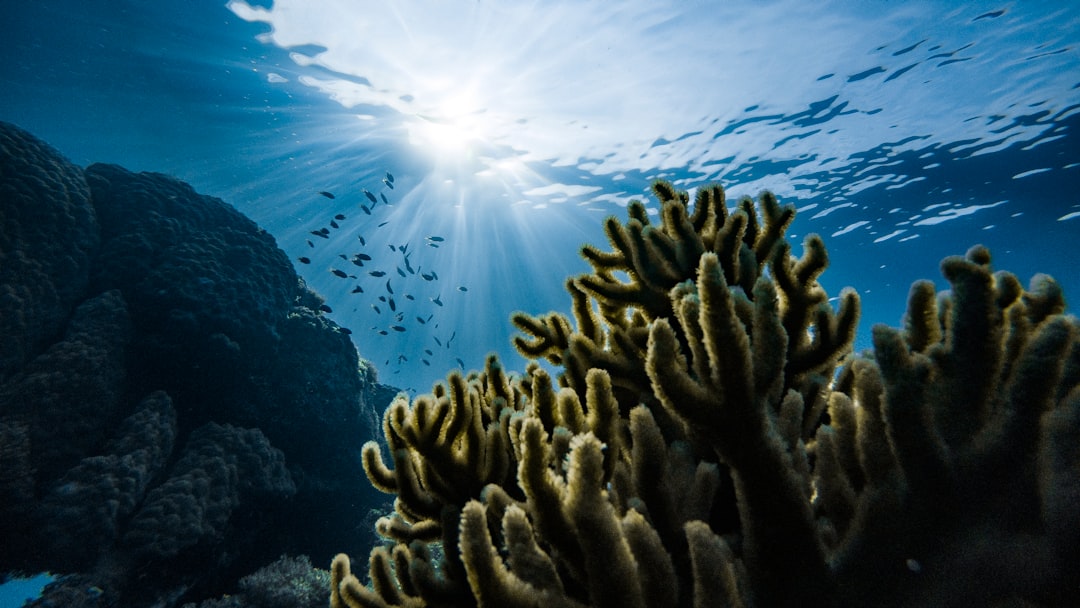
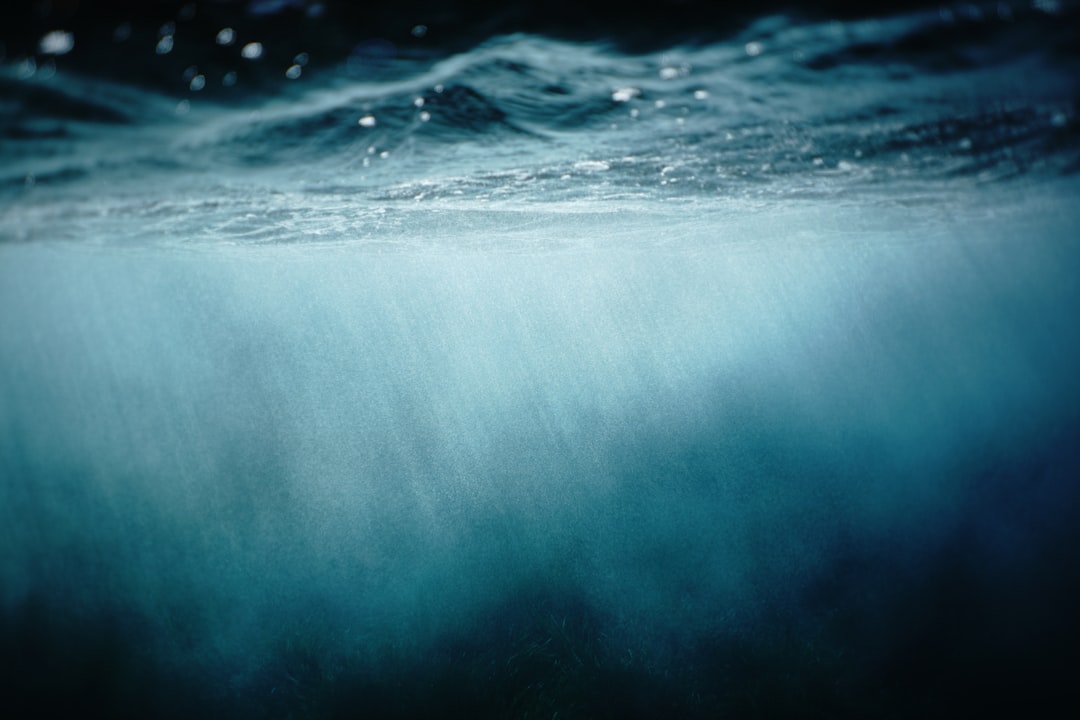
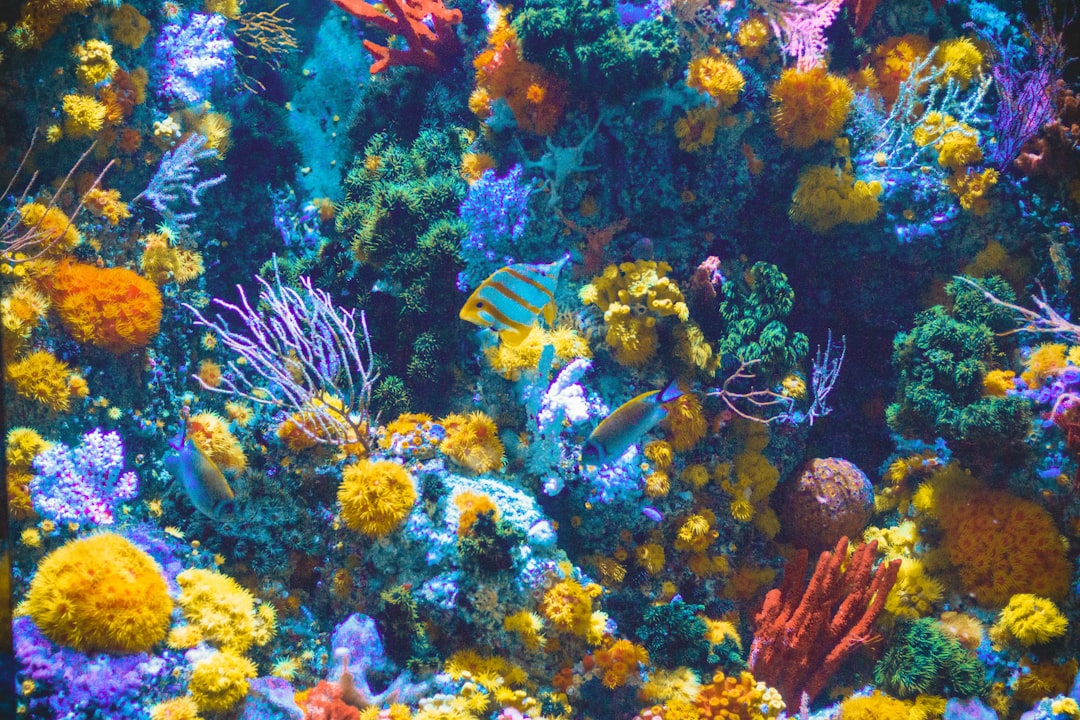
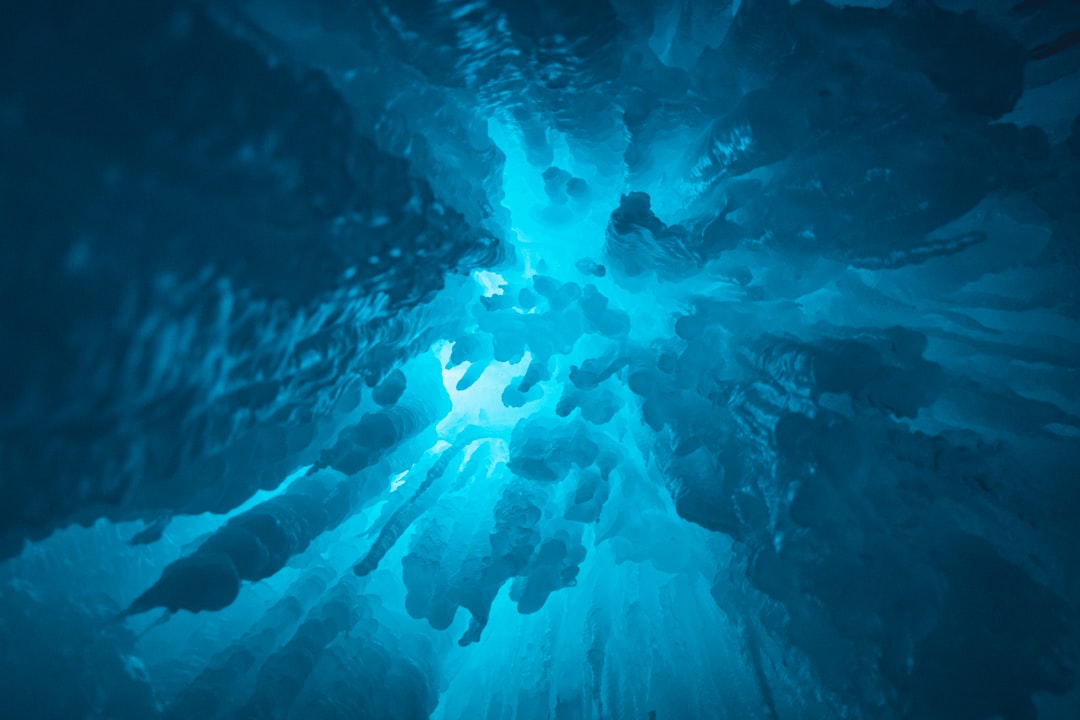

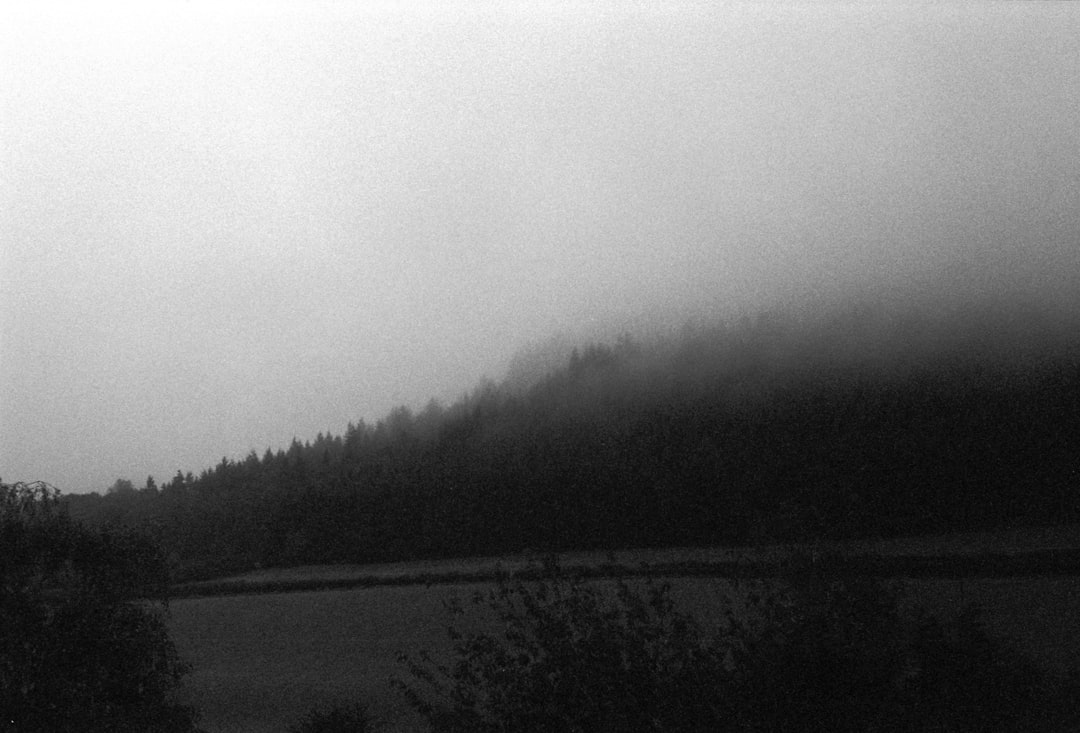

1 thought on “Nature Photography – Capturing the Beauty of Nature”
Comments are closed.